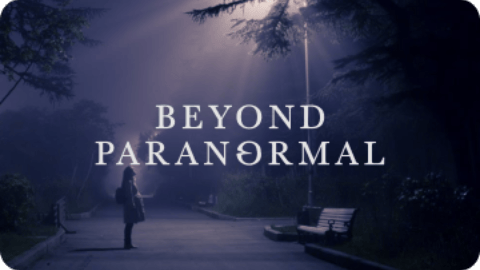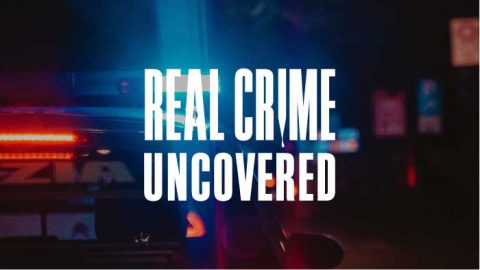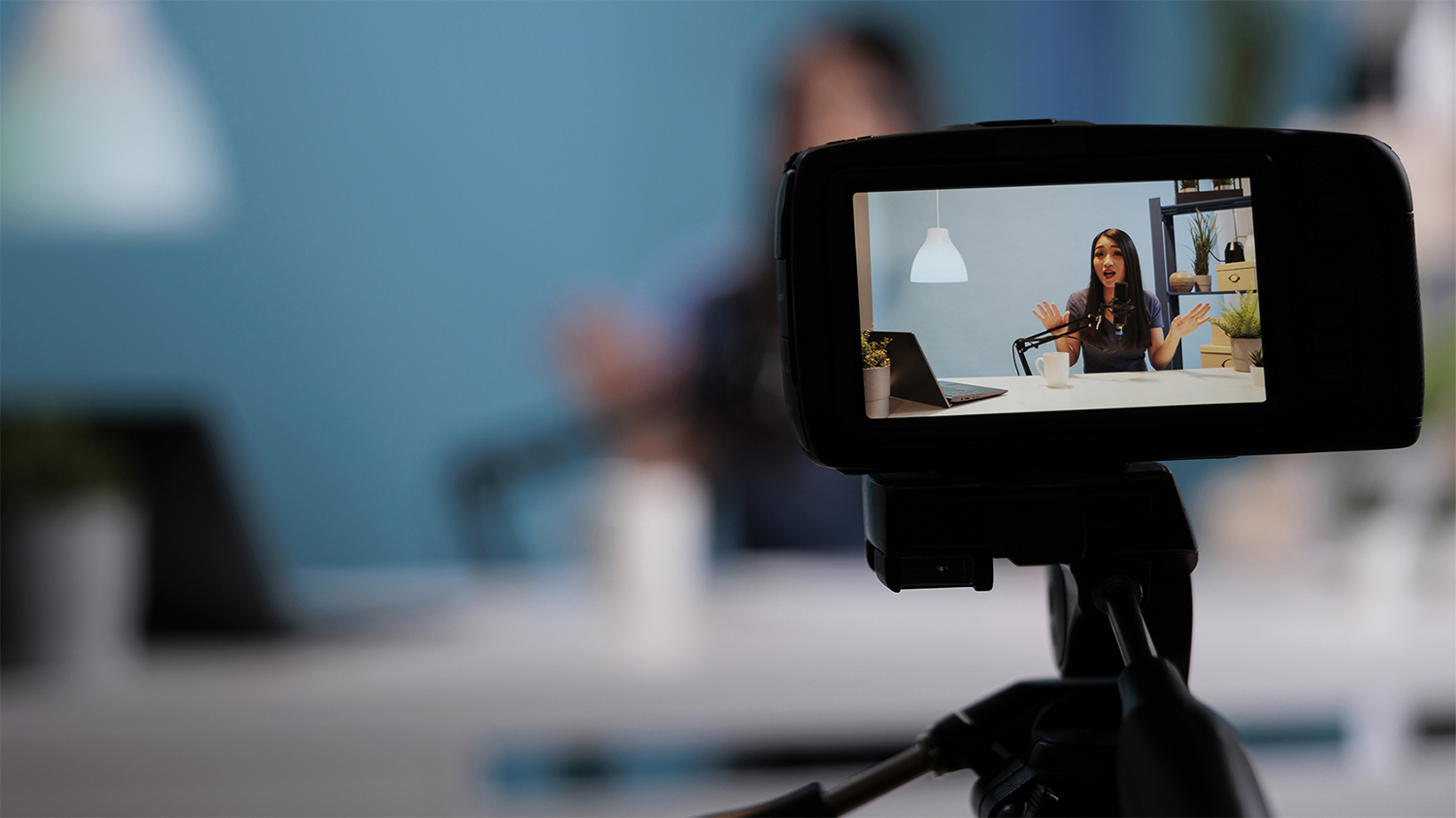If your audience is somewhere between 18 and 34, you can be pretty sure that they, as digital natives, prefer video to reading text-based articles. They have spent their lives consuming content, on or via social media, probably on a phone, where video is the default. And if that’s not reason enough, Google’s algorithm often prioritizes video content in search results so by optimizing video titles, descriptions, and metadata, publishers can increase their visibility and attract more organic traffic. Finally, from an ad sales perspective, video content enables publishers to generate more through pre-roll, mid-roll, or post-roll video ads, as well as sponsored content and branded video campaigns.
There’s no doubt that video is an editorial asset to be mined in as many ways as possible, so here are a few new-ish ways to incorporate licensed video into your editorial storytelling that you may not have tried. It’s worth noting that licensed video can come with restrictions unless you get it from a resource like VideoElephant where all the videos are pre-cleared.
Visual explainers and demos: Use video instead of (or in addition to text) to explain complex concepts, processes, or instructions. You’ve probably seen this stat before, but they say our brains can process visuals 60,000 times faster than text so chances are, someone will absorb more from a two-minute video then they will from a two minute read. Whether it's incorporating educational videos, animations, or demonstrations, licensed video can provide additional clarity and insight to complement written articles. For example, an article about outer space could include a licensed news clip about a shuttle launch.
Historical footage: Tap into video archives to enhance storytelling with historical context and footage. Much of it may be in the public domain, and therefore easily available. Archival videos, newsreels, documentaries, or footage can provide viewers with a firsthand look at the past. This could include incorporating footage into articles, creating multimedia timelines, or producing historical retrospectives that contextualize current events.
Expert interviews: Incorporate licensed video interviews or expert commentary to add credibility and depth to editorial content. Publishers can use existing interviews with renowned subject matter experts relevant to the topic at hand. These video snippets can be embedded within articles or featured as standalone segments, offering viewers valuable insights and perspectives from authoritative sources.
Documentary-style: Produce original documentary-style videos using footage in the public domain or licensed footage, interviews, and narration to tell compelling stories. Publishers can license documentary content or collaborate with production companies to create their own. These videos can explore in-depth topics, profiles, or investigative reports, providing viewers with immersive storytelling experiences that complement written articles.
Multimedia: Create multimedia articles or features that combine text, images, infographics, and licensed video to engage readers. According to Poynter, “Video is best for depicting action, for taking a reader to a place central to the story, or for hearing and seeing a person central to the story.” 360-degree video can also immerse a reader in the story with background footage, multimedia animations, or video testimonials.
For more information about where to find affordable licensed video content that can help flesh out your own video supply, reach out to us here and we’ll be happy to help.











